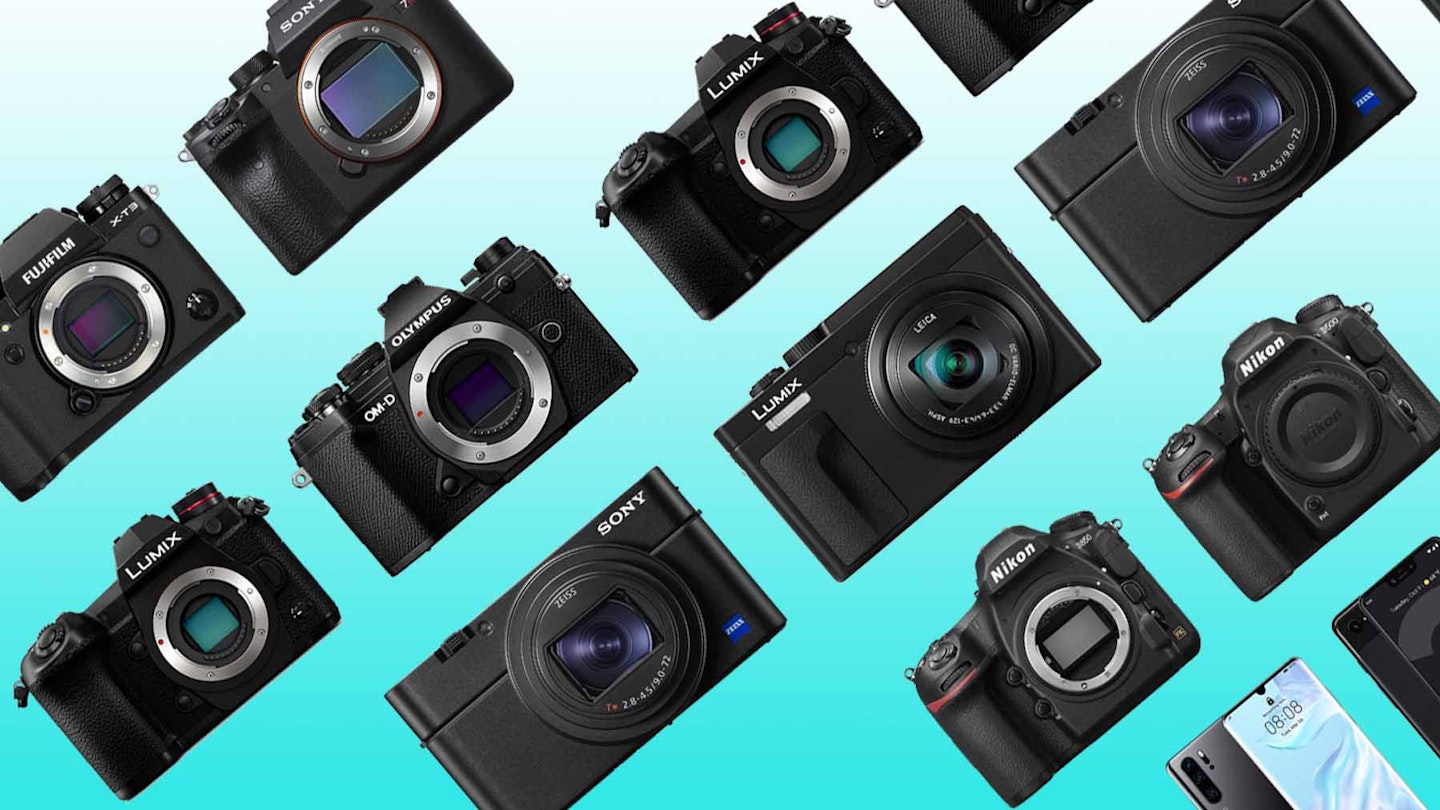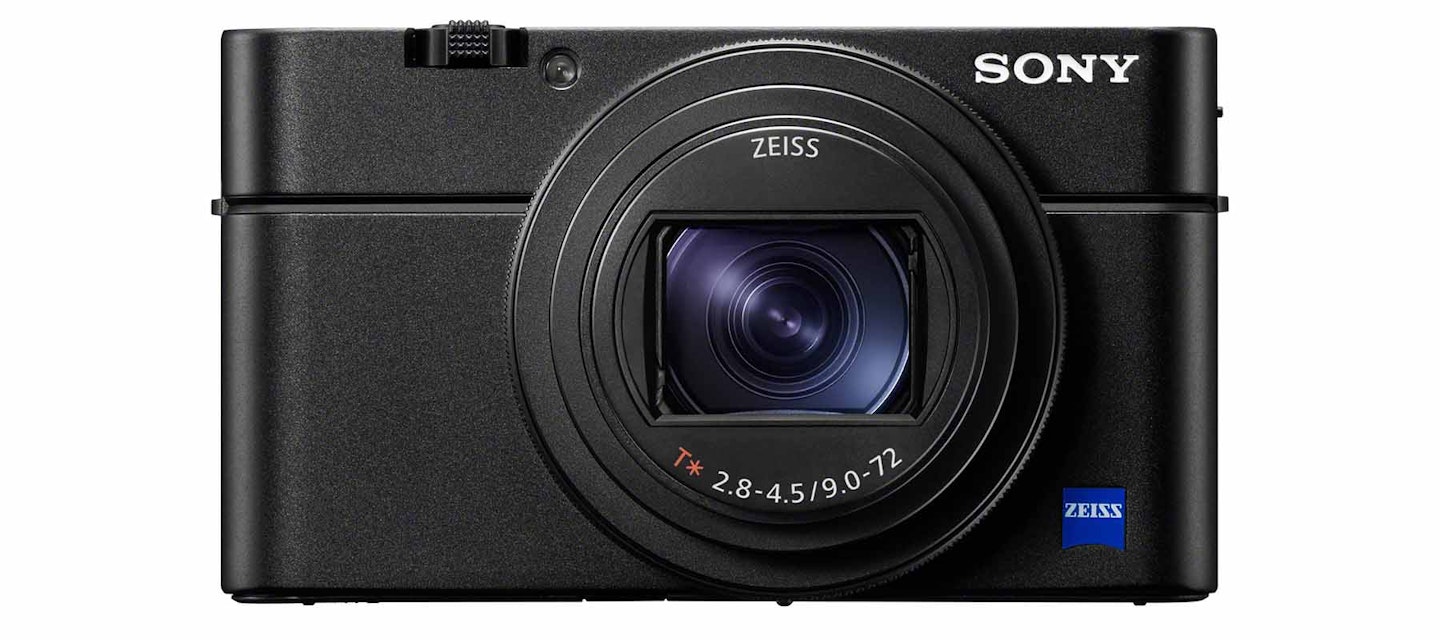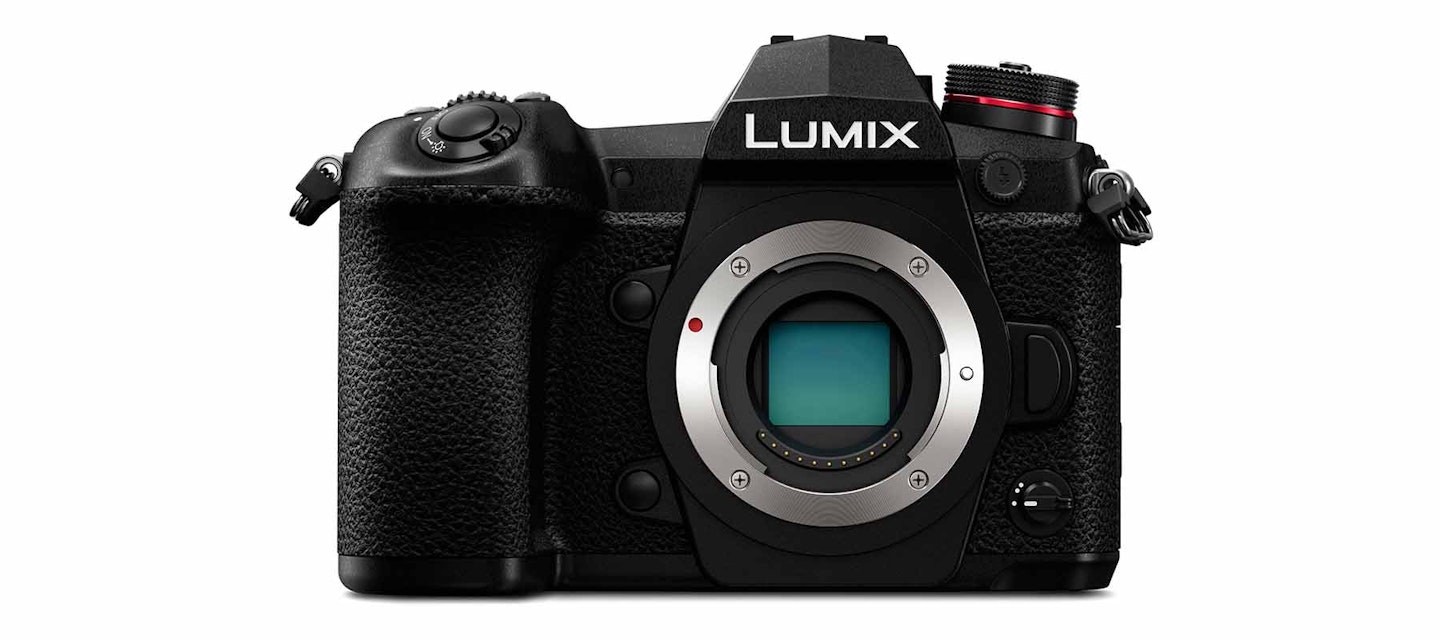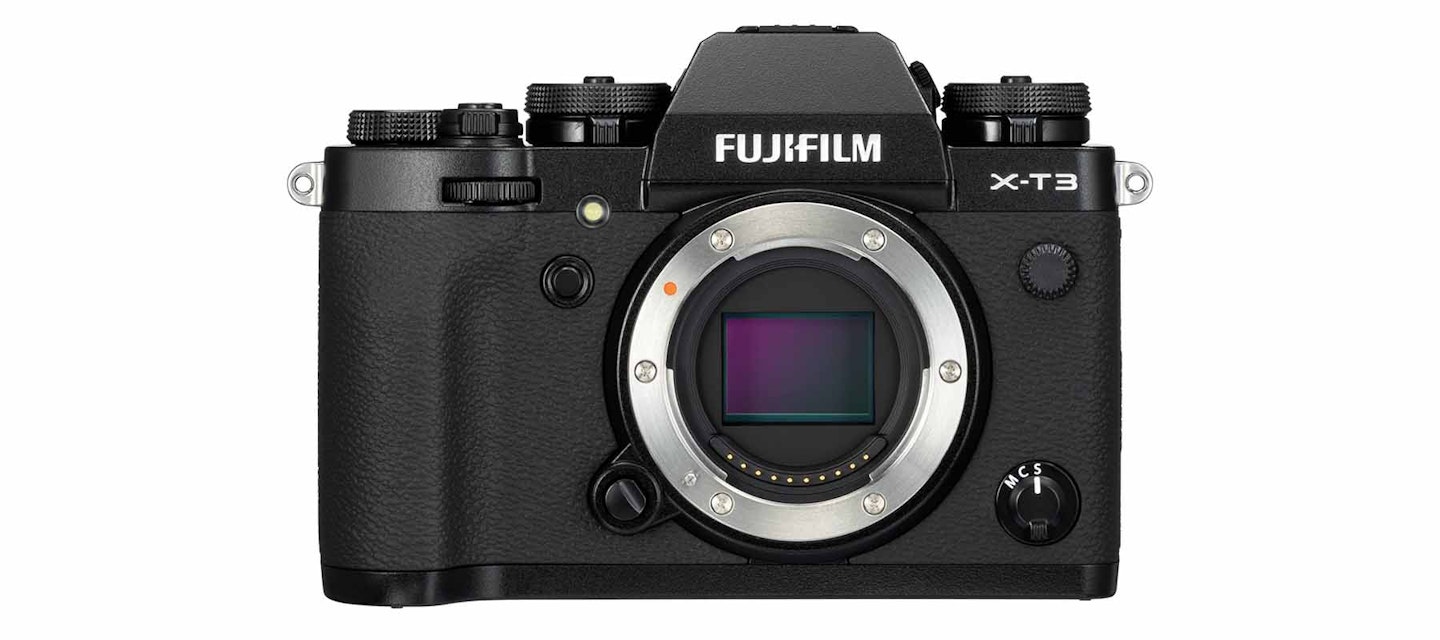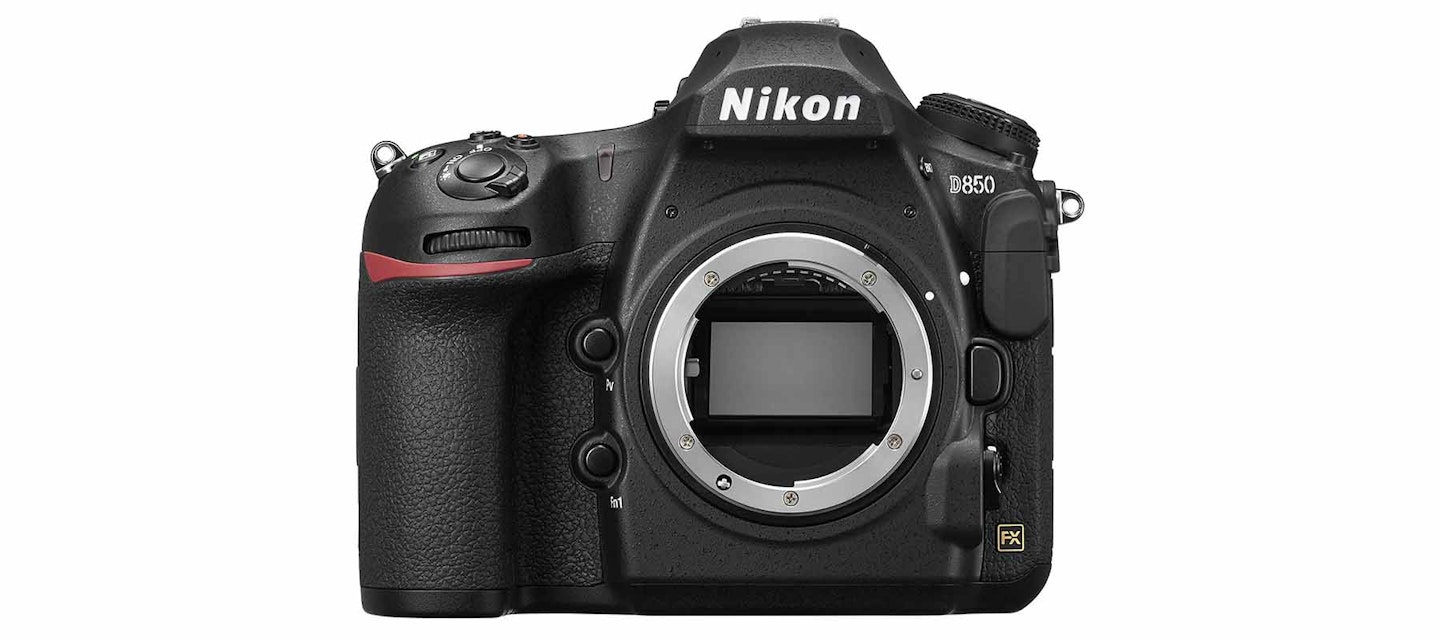The best cameras? How can we possibly make such a sweeping statement? Simple, we’re going to take a look at the type of cameras that best suit you, rather than the individual cameras themselves. That said, there will still be some great recommendations, and once you decide what kind of camera you need, you can take a look at our wealth of articles to better refine your search for the perfect digital camera.
This list is a rundown of the types of camera on the market, sorted by sensor size, as well as feature sets, meaning this may be the article that kick-starts your new photographic passion in the best possible way! Whether you’re a premium compact type, or more of a full-frame fanatic, we’ve got you covered. Strap in, check out the list and get your wallet ready for the best purchase you could ever make.
The best cameras - from smartphone to full-frame
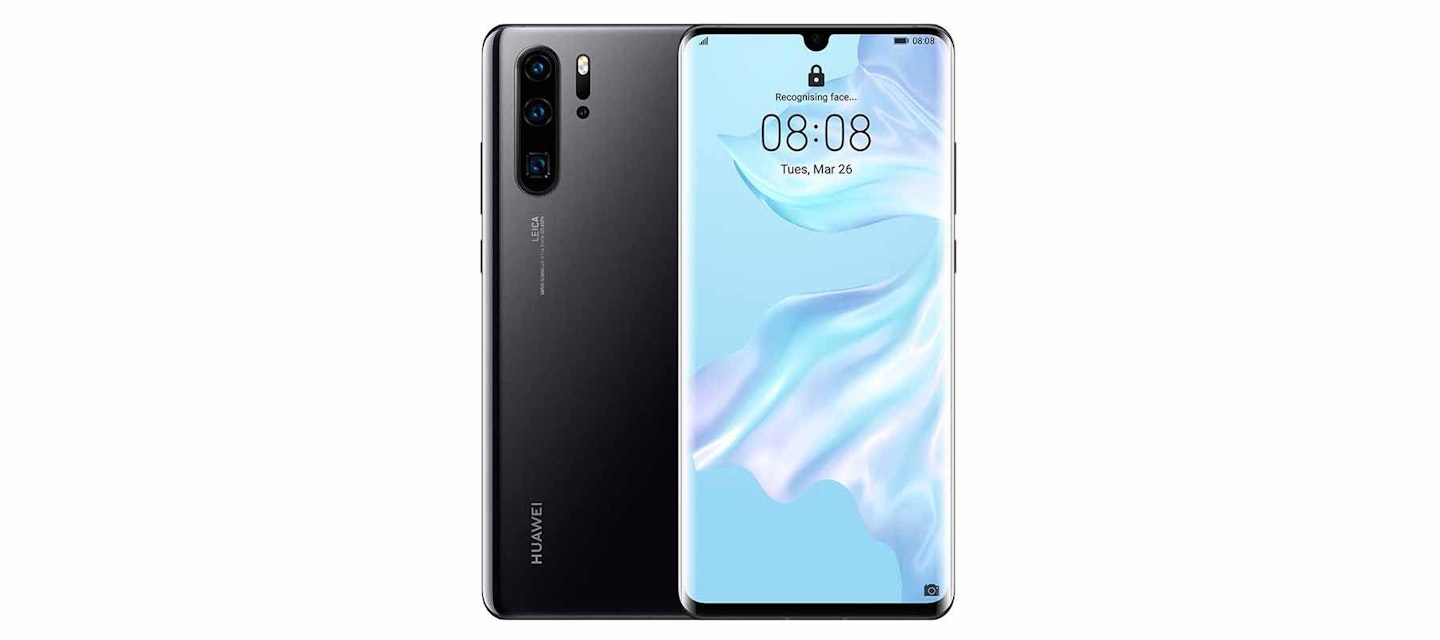
It boasts a great Night mode, 4K video and a full menu mode. The SuperZoom lens and the 40 MP Super Sensing camera will help capture all the beautiful moments in life. You'll also be able to snap some amazing selfies with the 32MP front camera.
The Pixel 3 boasts a huge 6.3in touchscreen, 12MP camera and a whole bunch of advanced AI-enhanced photo features. You can snap all your best memories in portrait mode, and save them all with free, unlimited storage.
Sony's premium compact features a larger one-inch sensor as well as a phenomenal 315-point Af system with Eye AF and 24fps continuous shooting.
4.
Panasonic G9
The flagship Lumix stills shooter features a 20.3MP Live MOS sensor, with the Venus processing engine that allows for a whopping 20fps continuous shooting.
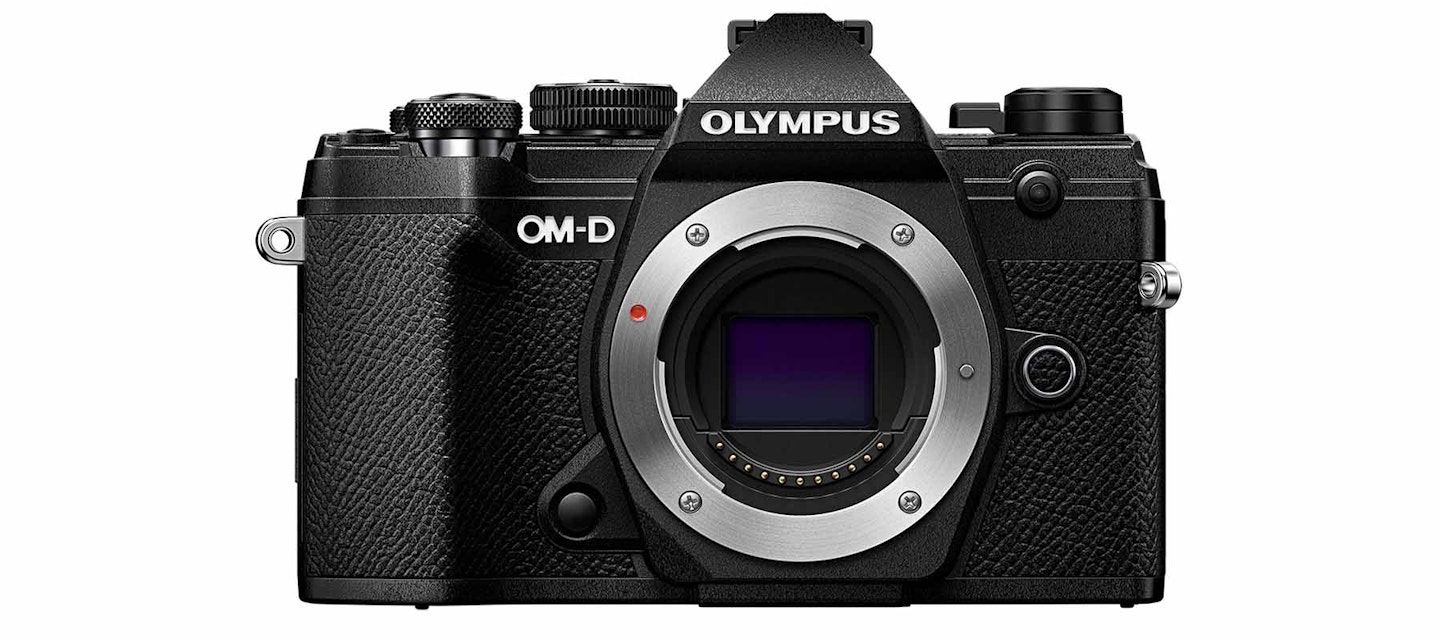
Olympus' latest mirrorless features an updated 20.4MP sensor, and a wealth of powerful features.
The exception to many rules, and voted as camera of the year in multiple awards, the X-T3 is about as powerful as you'll find in this class.
7.
Nikon D850
A 45.4MP high-resolution sensor is backed by a fast Expeed 5 image processor. It boasts up to 9 fps continuous shooting and 4K Ultra HD video recording.
8.
Sony A7R IV
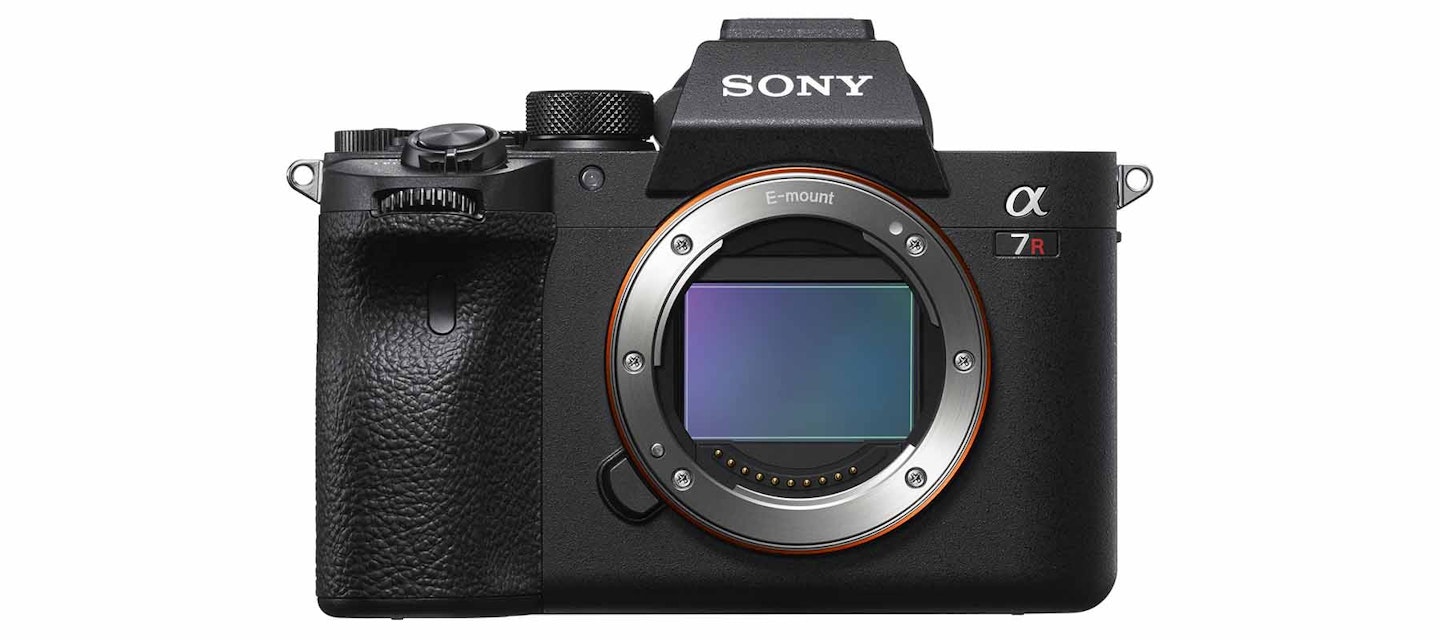
www.jessops.com
The most exciting, innovative thing to hit cameras this year. The 33mm full-frame backlit CMOS sensor and 61MP allows you to capture all the best moments in full detail. It supports up to 10fps shooting, as well as UHD 4K30 video recording.
Smartphones
What?! Yes! The smartphone is arguably the first step many will be taking into the world of photography. Everyone has a phone with a camera function sat in their own pocket these days, and the good news is that they’re getting better all the time. The sensor is the same as found in those compact cameras that dominated handbags everywhere, but with extra features such as video, time-lapses and even phone calls occasionally. The newer phones even manage HDR, Night Modes and the ability to fake background blur in portraits.
Huawei P30 Pro
It boasts a great Night mode, 4K video and a full menu mode with RAW file capture, light trail photography and bags of AI features for better photos.
Google Pixel 3
The Pixel 3 boasts a huge 6.3in touchscreen, 12MP camera and, like the Huawei, a whole bunch of advanced AI enhanced photo features that tell the camera what settings to use to get the best results.
Compact Cameras
The starting point before phones became a global phenomenon, compact cameras share the same 1/2.3in sensor size as found in your iPhone or Android, and are great for anyone looking to point and shoot. They often excel in auto modes, though aren’t the best in low-light or action scenarios, they do tend to come with one-stop zoom lenses that give you a lot of freedom. Newer ones are packed with great features that open up a world of creative possibilities.
Panasonic Lumix TZ95
This Lumix TZ95 comes with a huge 30x optical zoom lens, brilliant 4K photo modes, such as burst photo that lets you extract an 8MP image from 4K video, or refocus your image after shooting with Post Focus, and 49 points of autofocus for precision results.
Sony RX100 VI
Sony's premium compact features a larger 1-inch sensor as well as a phenomenal 315-point Af system with Eye AF and 24fps continuous shooting. You'll also get a 24-200mm equivalent lens with a wide aperture of 2.8-4.5, ideal for ultra-blurred backgrounds. It may be a little pricey, but if you want the best compact out there, this is a hard choice to ignore.
Micro Four Thirds Cameras
Larger than both the 1/2.3 and 1 inch sensor types of compacts, Micro Four Thirds is where you start to enter the palm of serious photography, or videography for that matter. There are two companies that dominate this format, Panasonic and Olympus, and both are fully featured and kitted for great image quality, as well as video output. The sensor has the benefit of applying a 2x crop to lenses, meaning it’s ideally suited for those dabbling in action or wildlife photography, without the budget for a pro-level DSLR around the £5,000 mark.
Panasonic G9
The flagship Lumix stills shooter features a 20.3MP Live MOS sensor, with the Venus processing engine that allows for a whopping 20fps continuous shooting. You can use the 6K Photo mode to export 18MP images, as per the TZ95, as well as the High Resolution mode, which moves the sensor and stitches multiple images together to create an 80MP image. You can also film video at 4K 60fps, or 1080p at 180fps, and the image stabilisation and front facing tilting touchscreen make for a perfect vlogging camera.
Olympus O-MD E-M5 Mark III
Olympus' latest mirrorless features an updated 20.4MP sensor, and a wealth of powerful features. You'l get the latest 121-point Af system, with facial recognition, and 5-axis image stabilisation, that can provide up to 6.5-stops in conjunction with compatible lenses. As with the G9, the touchscreen flips out to face forwards, and you can even shoot cinema 4K, though only at 30fps, or 120fps at 1080p. The polycarbonate body keeps the weight down for travelling, and features such as Live Composite and Live Bulb are perfect for long exposure and start trail images.
APS-C Cameras
Whether entry-level or enthusiasts, the APS-C is most commonly associated with DSLRs and a wealth of mirrorless cameras. It’s smaller than full-frame, but provides exceptional image quality, low-light performance and autofocus. Many of the cameras under the £1,500 mark will contain this level of sensor, and the 1.5x (or 1.6x in the case of Canon) means all lenses are a touch longer than the advertised focal length - great for telephoto enthusiasts. Finally, for video users, the APS-C format is akin to Super 35mm, which is the format many of the high-end professional film cameras tend to brag.
Fujifilm X-T3
The exception to many rules, and voted as camera of the year in multiple awards, the X-T3 is about as powerful as you'll find in this class. You get a 26.1MP backside illuminated sensor, 425-point hybrid autofocus system, with renowned Eye AF and tracking, and a brilliant low-light battling ISO range of 160-12,800. You can capture up to 11fps with the mechanical shutter, or a colossal 30fps using the Sports Finder mode that applies a 125x crop. Finally, it has astounding video features, with 4K 60fps, F-Log and 4:2:2 10-bit out… very desirable for professional videographers and colour graders. P.S. It also looks about as beautiful as a camera gets.
Nikon D500
It may be getting on in years, but this is universally considered to be as close to pro-level as you can get, especially for action and wildlife shooters who desire the 1.5x lens increase. You'll get a rapid - for DSLRs- 10fps, respected 20.9MP sensor and brilliant low-light performance. The body is built like a tank, and the ergonomics are first class. You get 4K video at 30fps if that's a concern, and a brilliant 153-point AF system based off the full-frame flagship D5.
Full-Frame Cameras
Real talk time. Full-frame is where the big boys hang out, and it’s about to get expensive. The benefits of the larger sensor usually include better low-light handling, faster autofocus and a greater dynamic range - ideal for landscapes. This is where the cutting-edge features start, before trickling down to the smaller sensors, and the build quality is about as good as it gets. You’ll often find these cameras nestling among the sports pits of big events, hung around the neck of renowned portrait photographers or even in the bags of wedding photographers around the country.
Nikon D850
A 45.4MP high-resolution sensor is backed by a fast Expeed 5 image processor. You get a world-class 153-point phase detection AF system, with astounding tracking capabilities. The OVF is a staple of traditionalists everywhere, and the near 15-stop dynamic range and flexible RAW files are renowned. You can achieve 6fps continuous shooting, take advantage of the ISO 64-25,600 ISO range in low-light and rest assured that this build quality and weather sealing is second to none.
Sony A7R IV
The most exciting, innovative thing to hit cameras this year, Sony's outstanding high res A7R IV combines a 61MP sensor with almost 15-stops of dynamic range, 5-axis image stabilisation system and 567-point phase-detection AF system boasting class-leading Eye AF and Real-Time tracking. You get 10fps continuous shooting, 4K at 30fps, or 120fps at 1080p with S-Log and HLG, and a high-resolution 5760k-dot EVF.
What to read next:
Kirk Schwarz is one of our resident tech experts. A tech-addicted photographer with more than a decade's experience, Kirk's used to putting new gear through extreme field-testing.
Subscribe to the What’s The Best Newsletter to keep up to date with more of the latest reviews and recommendations from Kirk and the rest of the What’s The Best team.
